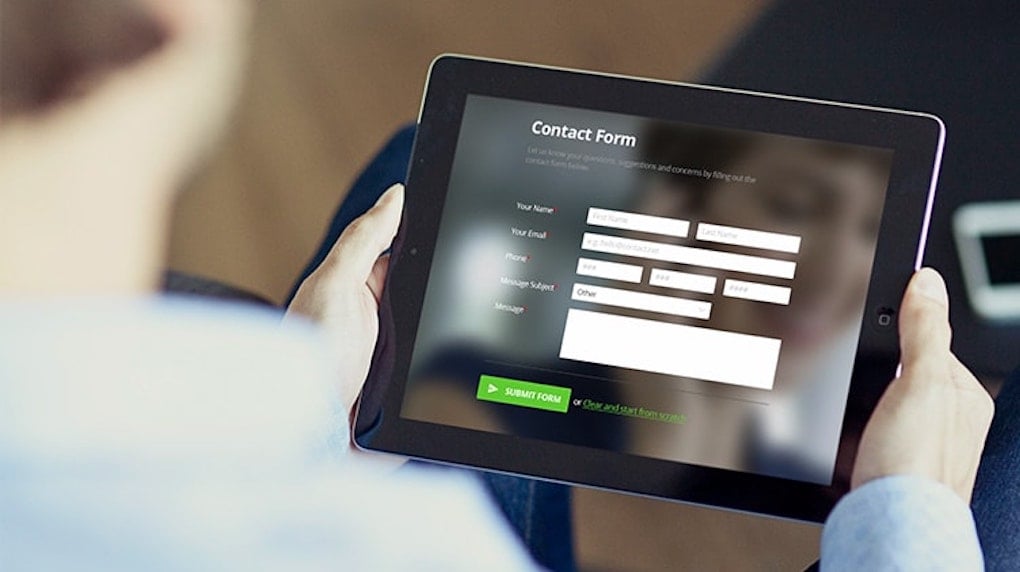Understanding your wins and losses means reverse engineering your customer journeys. If you haven’t accurately tracked your customer from first-engagement all the way through to the exit point, it’s almost impossible to get a true sense of your process. What’s more, if a lost user decides to re-engage with your brand, are you set up to track that too?
Always-on journeys are plural, not singular. They require a deep understanding of your business goals, your customer behaviors, and the channels you’re operating within. Chances are, your tracking is just not where it needs to be. It isn’t just about your Google Analytics, but it’s about how all of your platforms, cookies, and technologies interact with one another.
The challenge isn’t simply knowing where your customers are; it’s figuring out their persona, actions, and needs in the moment-to-moment journey you’ve set up for them. It also means understanding exactly how much a customer is worth to you and how much you’re prepared to spend to win them. This requires more than simple web analytics or an understanding of your paid performance.
The reward for moving to always-on is simple: more sales and better processes. The more you understand your customer journeys, the more you can improve them and drive stronger conversions.

Start by identifying your top three goals
Your always-on journey should track every action, inaction, and connection that a user makes while navigating your content. But, before you get there, you need to understand your goals.
- Figure out what three things you want a potential customer to know about you.
- From there, what three actions do you want them to perform while navigating your content?
Beyond this, you need to determine what you can do to make these journeys as easy as possible. For example:
- Do you have Clearbit set up to gather email addresses from your users?
- If you’ve put a cookie on their browser, what will you do with them?
- And, if they don’t complete one of your desired actions, how will you re-engage?
The most important part of this process is to map out your customer journey from the first time someone sees your ad, to when they become a customer. You can use journey mapping tools such as Funnelytics, Smaply, or Canvanizer to do this accurately.
In its most basic form, this should take you less than one hour. As you do this, you’ll start to see areas that are unclear, or maybe find yourself saying, “I don’t know what happened.” When this happens, focus on that point. Figure out why it isn’t clear and work to improve that area first.
Next, do your business math
If you don’t know what a customer is worth to you, both at the point of sale and throughout their lifetime, then you don’t know what you’re winning or losing. Likewise, you need to know how much you’re willing to spend to acquire a new customer. If you're spending more than that, it’s a problem, and you need to find a way to get your cost-per-acquisition down.
We like to refer to this as business math. Understanding this math will help inform your journeys and focus your pursuits on customers that actually matter.

The B2B scenario
Let’s say you’re a B2B business and a customer is worth $20,000 to you. You know you can only afford to spend 5% of that price to acquire them ($1,000). If most of your recent leads are costing you 15-20% above your required range, then you need to figure out where in your process you’re overspending.
The B2C scenario
On the B2C side, if you’re selling an item for $200 in your eCommerce store, then you can only afford to pay $10 to acquire a new customer. That changes your marketing tactics dramatically and likely means you need to focus more on social ads and less on buying Google top spots.
Once you understand these costs, you can begin to use your established tracking to ensure each new win is meeting your goals. If they aren’t, it’s time to improve your customer journeys.
Use digital tools to streamline your journeys
The most essential point of always-on journeys is that it's operating everywhere you are.
If you have a 1-800 number listed on your website, what are you doing to track those calls and understand their part in your process? If you have a chatbot that’s capturing email addresses, where are you storing those? What are you using them for? Every tool you use matters and should be tracked within your CRM system.

If you’re doing this properly, you should be able to utilize your digital presence to move your customers through your process.
- The customer enters their email on your website.
- You use lead-enrichment software to determine whether they are a company or an individual, who they work for, where they’re located, and how many other people work on their team.
- You send your first welcome-flow, tailored to their needs.
This moves the consideration process along significantly, but it’s only possible if you have the right tracking techniques in place.
Find your "aha" moment
As you begin to reverse engineer your customer journeys, you’ll find yourself stumbling across many simple fixes. Once you tackle those projects, you begin to unravel an even bigger picture. The more you discover, the bigger it can get, and this can be quite overwhelming.
To avoid losing your head, pick three things to focus on first. Let them run for six weeks, three months, or whatever beta length you need. Then, analyze the data and go fix three more things. Repeat this process for as long as necessary.
Chances are, you’ll find out more than you expected, but you’ll also be finding more ways to improve your journeys and interact more effectively with your customers. Plus, that cost-per-acquisition is going to come down, meaning your business math will improve alongside your sales.
As you go through this process, remember that all of your journeys are connected; intertwined. To have a conclusive understanding of your business, you need to know how you’re performing at every level of interaction. Take the time to refine your process and seek help where you need it.
We promise, your business will be better because of it.